Fundamental Tool for Robust Design

Machinery analysis is of utmost importance in various stages of machine life. From design up to performance evaluation, from single components to systems, from machine to foundation, and so on, a strong computational capability is mandatory to manage machinery in all its different aspects. CST has given top priority to this aspect. Nowadays CST has got an extremely wide array of computational tools both proprietary and commercial.
.png)
Machinery vibration is one of the main causes of damage and equipment failures. Reciprocating compressors are particularly exposed to vibration problems due to the alternating motion of reciprocating masses and shaking forces produced by the pulsating flow waves generated in the piping and vessels by the piston movement.
CST has combined the long-standing experience of its design engineers with advanced and integrated proprietary computational tools, aiming to identify the most efficient and cost-effective solution to any pulsation and vibration problem, both for new units and existing installations.
Our Pulsation and Mechanical Vibration study fully complies with API 618/688. It supports plant designers and end-users from the early stage of a project up to servicing and troubleshooting.
CST has done also field measurements of pressure pulsations in order to validate its calculation methods.

The CST Pulsation and Mechanical Vibration Study goes far beyond an accurate mathematical calculation but is extended to finding the best solution for the volume of bottles, piping arrangement and support type and position.
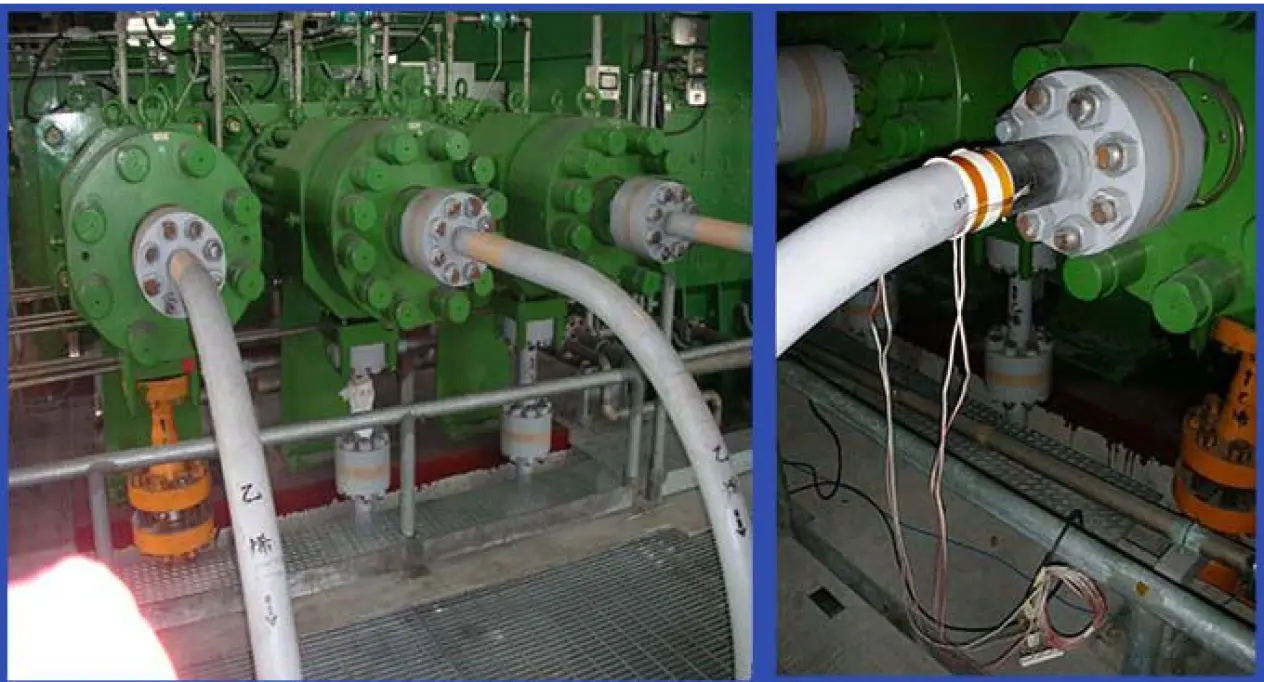


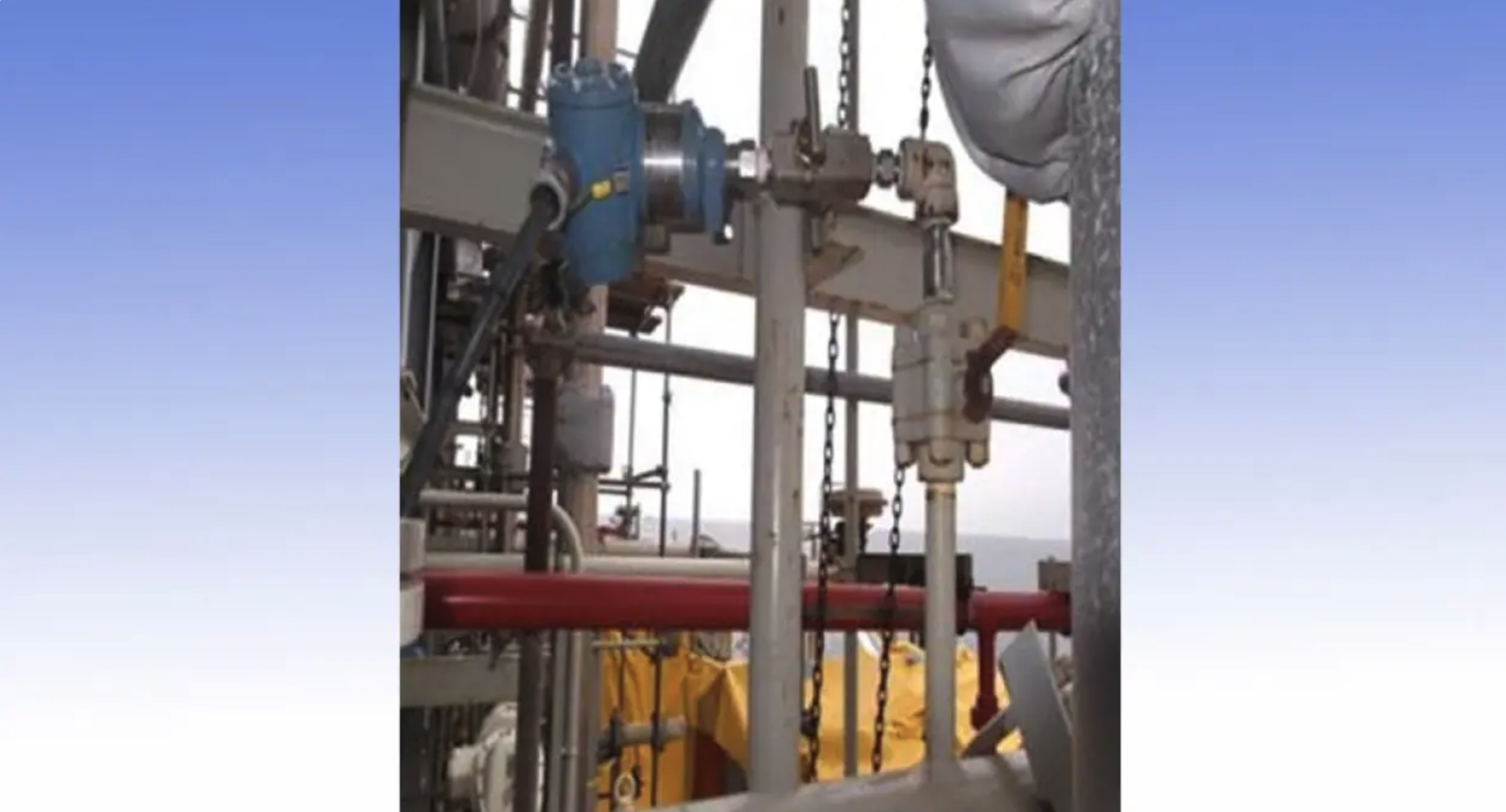


.webp)
Rotating machinery (compressors, pumps, turbines, etc.) is subject to cyclic forces along the shaft line mainly due to load fluctuations, unbalancing, instability, misalignment etc. The variable conditions of pressure, handled capacity and speed as well as the geometry of some components produce exciting forces and therefore vibrations, torsional and lateral. Vibration can be very harmful for the whole machinery, in particular when one or more harmonics are close to one or more natural frequencies, or the shaft line is in a resonant condition.
To avoid resonances and damage to machinery a Torsional and /or Lateral Vibration Analysis is strongly recommended.
CST developed a proprietary software CSTors to perform very accurate torsional and lateral analysis. CSTors is kept continuously up-to-date to the best of breed available technology. In addition, CST has long-standing experience gained by troubleshooting machines of various types. CST can deliver the most appropriate torsional and lateral vibration analysis to prevent vibrational issues on rotating equipment, both for new and existing units.
CST calculation methodology focuses on:
CST proprietary software CSTors allows to supply API 618/684 studies with:


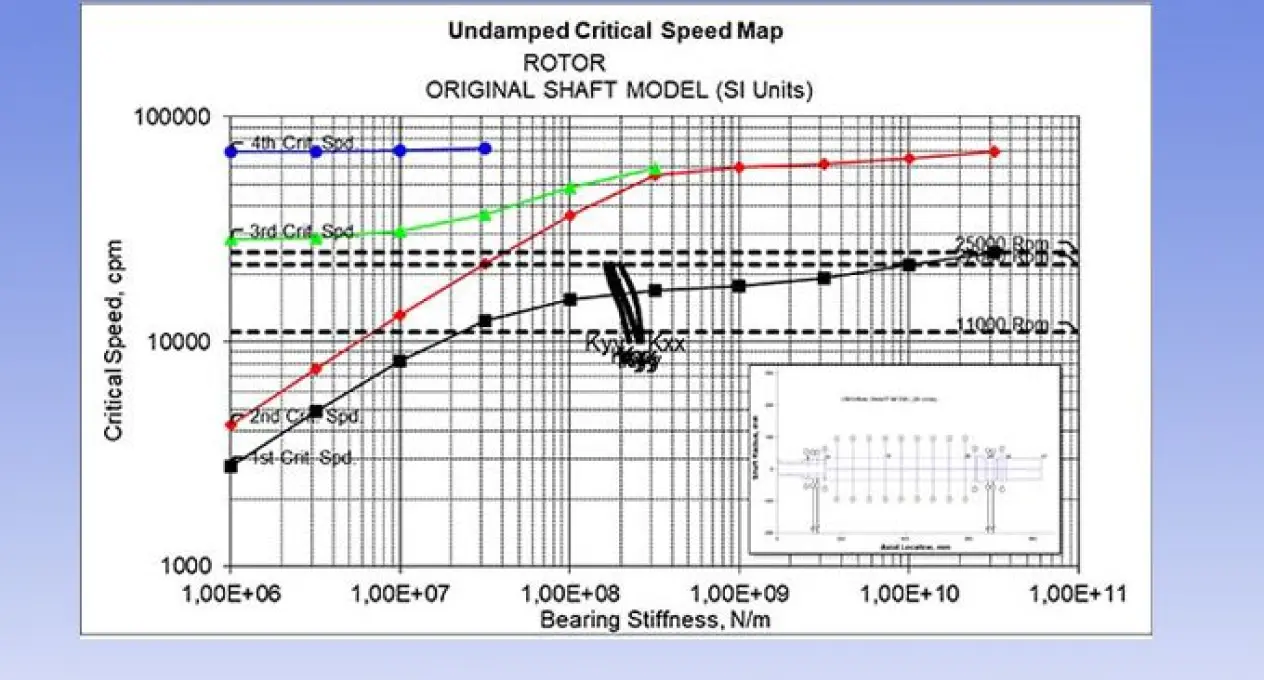
.webp)
3D Model CFD simulation is an essential tool in the design of turbomachinery. It enables the following improved design capabilities:
CST has access to the most advanced software, hardware and skill to perform 3D Modelling, CFD simulation for the design of new centrifugal compressors and revamping of existing units.CST utilizes 3D Modelling CFD simulation also for designing gas flow path in the cylinders of reciprocating compressors. In this specific field, CST has also developed a parametric computational tool (CylOpt) for the preliminary design of valve-valve pocket area.
.webp)
.webp)
%20(1).webp)
FEM analysis (FEA) is a great tool extensively used in Virtual Prototyping enabling design engineers to size and shape every machine component. For components subject to static stresses, it is normally sufficient a good elastic FEM analysis. For components subject to fluctuating stresses, such as those of the reciprocating compressors, it is often necessary to go deeper and make an elastic-plastic FEM analysis followed by a fatigue analysis through a dedicated post-processing software.CST is equipped by the most advanced FEA and fatigue analysis software, it has grown a group of engineers, developed great collaborations with universities specialized in this technology, also producing many scientific articles for international congresses and technical magazines.

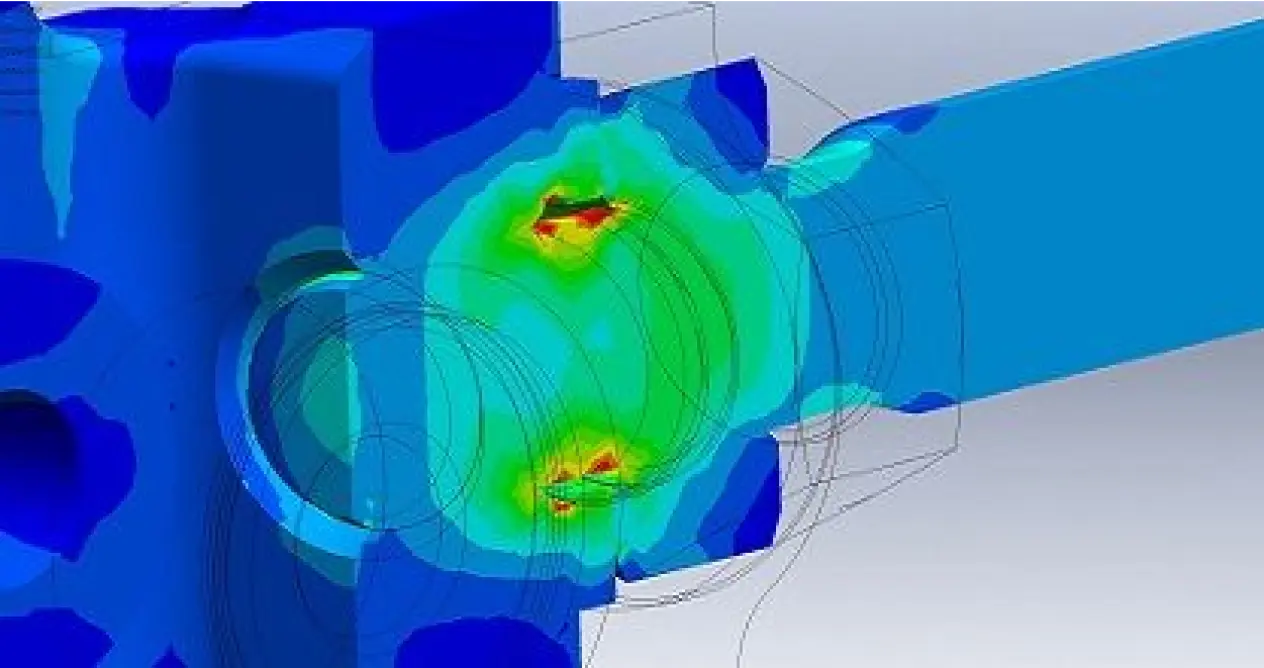
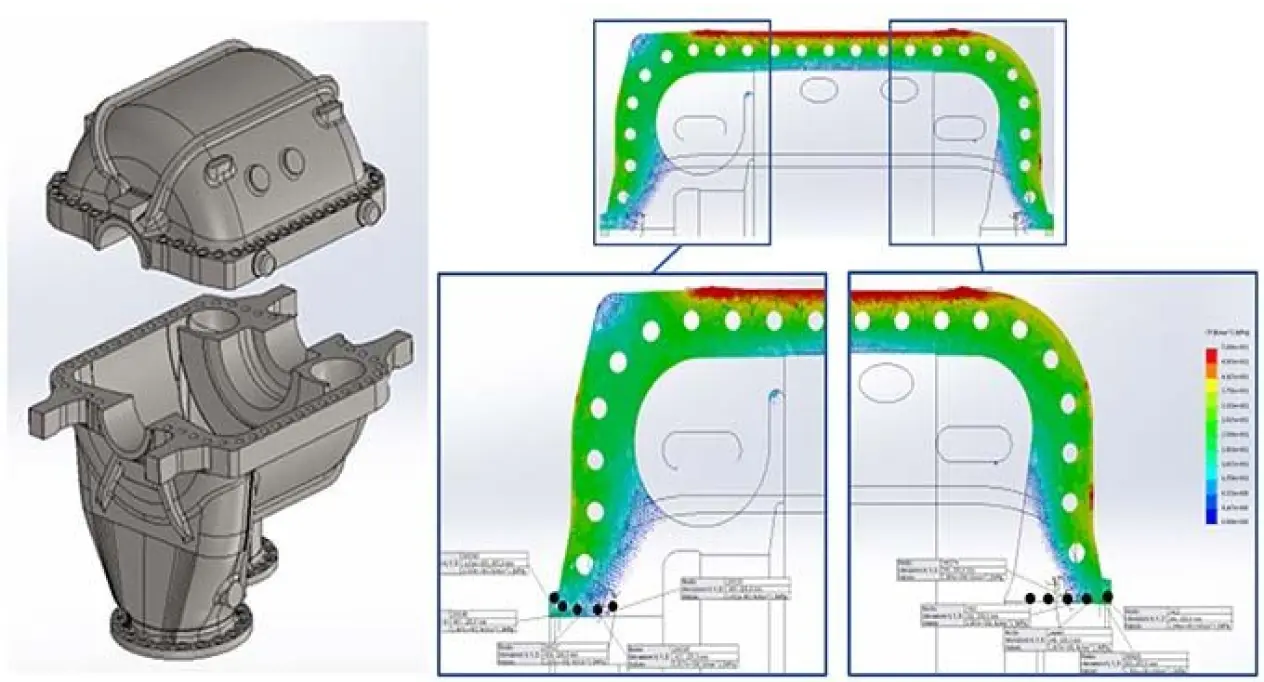
%20(1).webp)
One of the most significant development of CST is its Software for Thermodynamic performance analysis of reciprocating compressors, the ReciPerf. This software can deal with a very large number of operational cases in terms of cylinder types and settings, suction temperature from cryogenic to high temperature, discharge pressure up to the very high values for LDPE, capacity control from step through reverse flow, type of gas with a large number of state equations available in the associated CSThermo software. Because of these features, the ReciPerf is not a generic selection software but is a very precise scientific tool to determine the performance of any given compressor and can be utilized both for design of new compressors and diagnostics of the operating ones. The ReciPerf calculates all the aspects of the compression evaluating with great precision all the mechanical and thermodynamic parameters.
CST, by means of its thermo-dynamic software, can support its customers in all the circumstances where a precise evaluation of the thermodynamic performance of the compressor is needed for design, diagnostics & troubleshooting, RCA, plant performance assessment, a.s.o.

POLAR DIAGRAM ON THE BEARINGS

TYPICAL RECI PER PRINTOUT

TORSIONAL MOMENTS AND ROTATIONAL SPEED FLUCTUATION
%20(1).webp)
Dynamic system analysis is fundamental to study and optimize the overall behavior of an industrial plant. Centrifugal compressor trains are generally exposed to risk of surge and require adequate protection through dedicated control systems. These one shall be designed to meet normal operating - as well as transient - conditions. Possible process plant modifications may be identified by the outcomes of the analysis. To this purpose CST performs full plant dynamic simulation studies focusing on key risk areas: compressors, drivers, piping system, control valves, and control system.

DYNAMIC SYSTEM SIMULATION
.webp)
Process compressors, both reciprocating and centrifugal, are supplied in a packaged configuration, whenever their size allows it. Machine preassembling with its accessories on one or more skids, depending on the size is the preferred arrangement solution. Compressor packaging requires a deep analysis of some special aspects, some of them being in conflict each other, create a real challenge. Pulsation/vibration control, safe lifting, transportation, machinery alignment and ergonomics for maintainability.
CST compressor package design carefully considers all aspects above through a dedicated study of piping support, skid structure, lifting devices, mode shapes, a.s.o.
The supporting skid is of paramount importance for a good package performance in the field. Skid optimization is therefore one fundamental step within CST’s package design process.

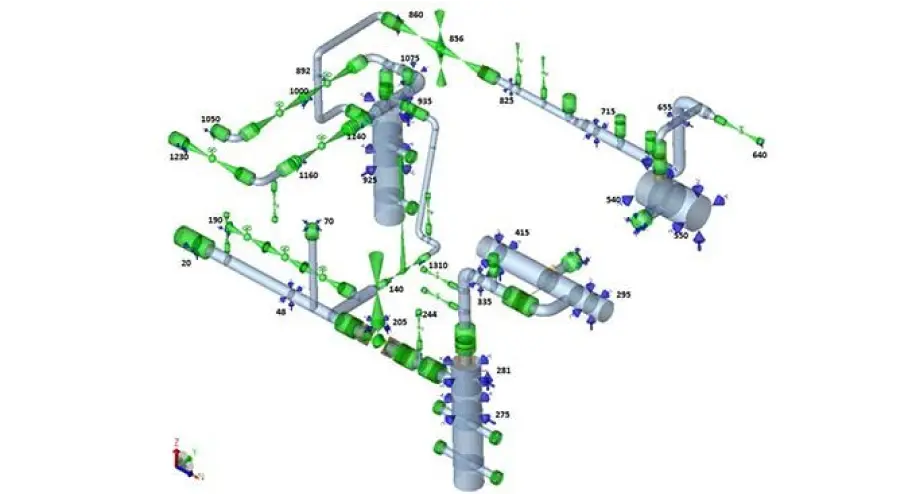
To avoid too high stresses on piping and excessive thrusts on its connections to the machinery it is necessary to perform a deep thermal and flexibility stress analysis of the piping system. This analysis allows to verify the adequacy of the position and constraint type of supports. This study defines also if any expansion joint would be required to reduce the stiffness of system and keep the thermal thrust within acceptable limit.
Often, requirements for piping flexibility to avoid excessive thermal stresses or forces/moments on the flanges connecting to the machines are clashing with piping vibration containment solutions which need stiffer piping structure. This is particularly true for reciprocating compressors that are subject to excitations of cyclic forces (pulsations and inertia forces). Therefore, making a sound analysis requires the knowledge about both disciplines.CST know-how, coupled with its computational capabilities and field experience, makes available the multidisciplinary approach to assure a flawless design of the piping systems associated to machinery design.


Any compressor, driver and their accessories are solidly mounted on a foundation block to avoid harmful vibrations and misalignment that could damage compressor components and equipment nearby. The foundation block interacts between the soil and the machine, and it must be designed to take into account requirements of both elements. Particular care needs to be taken for reciprocating compressors foundation block design due to the forces and moments coming from reciprocating and rotating masses movement transmitted to the foundation block. Dangerous mechanical resonances between the natural frequencies of foundation block and compressor excitations can only be avoided by an accurate mechanical analysis.
CST coupled the long-standing experience of its design engineers with advanced and integrated computing tools. CST can define the most appropriate solution for a correct foundation system design for both rotating and reciprocating machines, new or existing units.
In the event of any issues the end-user faces on existing machinery, CST, together with its partner Blackstone Industrial, can help by providing a wide portfolio of services for foundations and vibration problems:


Check of any possible change in soil properties (e.g. water level) with consequent review of foundation block and anchor-bolts design, providing the necessary foundation repair.


For information on CST activities, email to:
FILIPPO CINELLI at filippo.cinelli@cstfirenze.com
LUCIA MATTESINI at lucia.mattesini@cstfirenze.com
GIULIA TOSI at giulia.tosi@cstfirenze.com